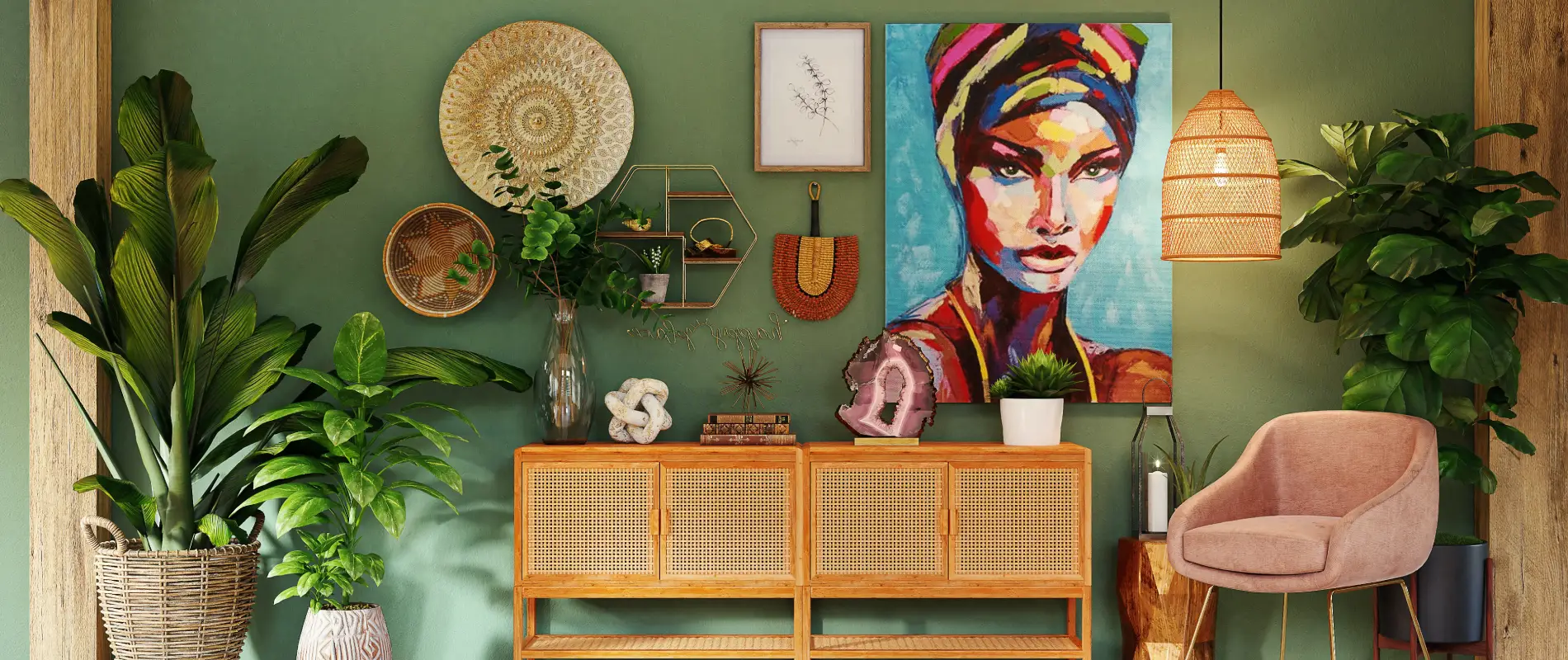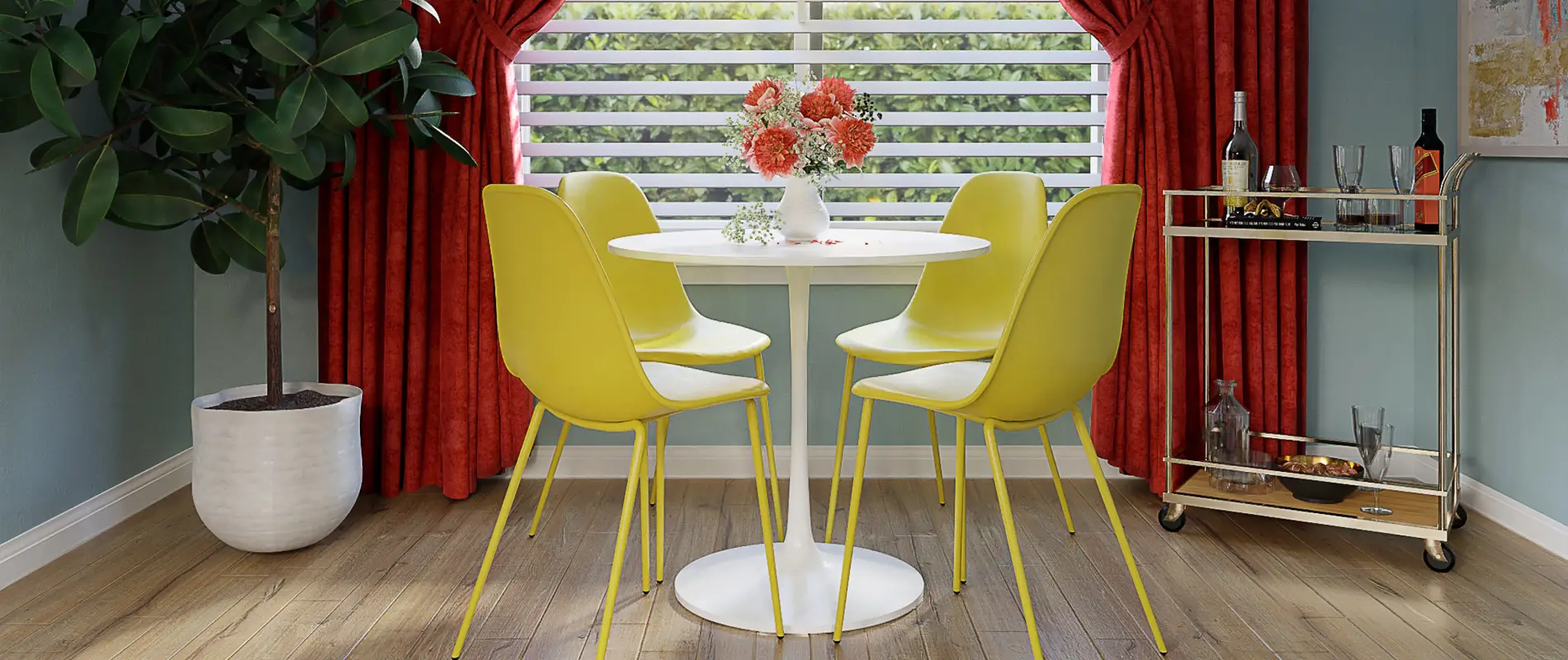Discover a modern footer design for your WordPress site!
Transform your WordPress website with a stylish footer that not only captures attention but also enhances user experience. This cutting-edge footer design comes complete with a dynamic multi-column layout that effortlessly guides your visitors through essential information, promoting ease of navigation and engagement.
Original design overview
The standout feature of this website footer is its asymmetrical layout, which is composed of two primary columns labeled “Work with us” and “Get in touch”. Each column spans half the width of the footer area, creating a visually engaging top section that commands attention from users. Below these are additional text blocks organized in a clean, single-column layout to provide clarity and ease of navigation.
Key elements and features
- Prominent headers: These bold headers make it simple for visitors to locate important sections rapidly.
- Descriptive text blocks: Accompanying text beneath each header delivers essential information at a glance.
- Interactive links: Engage your audience with well-defined categories like “About,” “Work,” “Links,” and more, presented as text links for easy navigation.
- Call-to-action buttons: Each main header includes a “See details” button to encourage interaction with your website footer content.
- Social media icons: Effortlessly connect with your audience using integrated social media links.
Unique design aspects
The striking color scheme features bold colors for headers contrasted against a lighter background, which captures attention and creates a lasting impression. The responsive layout ensures your footer looks great on any device, simplifying to a single column for seamless viewing on smaller screens. With a strong focus on accessibility, this design includes thoughtfully structured headers and links to cater to a wide range of users, improving overall navigation and user experience.
Overall design style
This website footer design beautifully blends modern professionalism with playful elements. By using vibrant color contrasts and a clear visual hierarchy, users are easily drawn into prominent headers and informative links. This is all achieved while maintaining a clean and uncluttered look with balanced white space.
10 use cases for your WordPress footer
1. Highlight contact details
Make sure visitors can easily get in touch by including your contact phone number, email address, and office location. This not only enhances communication but reinforces trust with those who wish to reach out. Combine these with clear call-to-action buttons to drive further engagement.
2. Integrate social media buttons
Encourage visitors to stay connected by adding social media icons in your footer. This simple feature can enhance visibility across platforms, with easy access to your latest content. Keep the icons consistent in size and design for a neat look that seamlessly aligns with your WordPress icon style.
3. Provide quick navigation links
Help visitors find their way by including quick navigation links within your footer. Categories such as “About Us,” “Services,” and “FAQs” keep users engaged and enhance their browsing experience. Ensure links open in new tabs with the WordPress navigation menus for optimal convenience.
4. Feature recent blog posts
Showcase your recent blog posts in your footer to keep content fresh and visitors informed. This encourages further reading and bolsters website views while demonstrating your expertise in a particular subject. Use brief snippets or eye-catching headlines to captivate your audience’s attention.
5. Display legal information
Include vital legal information such as privacy policies and terms of service within your footer. This fosters transparency with your audience and keeps you compliant with regulations. Ensure these links are easy to find and open in a new tab so users can access them seamlessly.
6. Showcase client testimonials
Incorporate client testimonials in your footer to build credibility and highlight your strengths, offering potential customers insight into real-life experiences. Display brief yet engaging snippets that showcase your impact.
7. Promote an email newsletter
Include an email newsletter subscription form within your footer to engage users and drive communication. This encourages visitors to stay updated on your latest offerings, perks, and news, fostering community and loyalty.
8. Provide multi-language support
Accommodate an international audience by offering language options directly in your footer. Simple language switchers can significantly enhance user experience and ensure your content is accessible to diverse audiences.
9. Highlight sustainability initiatives
If sustainability is a key focus for your brand, use your footer to highlight green initiatives and commitments. This can enhance brand perception and encourage support from eco-conscious visitors.
10. List recognizable associations
Build trust by featuring partnerships and memberships with notable associations in the footer. Logos of industry affiliations or awards can boost credibility and reassure visitors of your expertise.
5 ways to use the WordPress footer
1. Branding consistency
A cohesive website footer maintains your brand’s identity with consistent colours, fonts, and icons. Use your footer to reinforce brand recognition through design elements that align with your overall website style.
2. Footer as a sitemap
Convert your footer into a mini sitemap, allowing users to quickly access important pages and sections. This boosts navigation and provides a clear and intuitive structure for accessing information.
3. Encourage action with call-to-actions
Implement clear and persuasive call-to-actions in your footer, motivating visitors to take actions like “Subscribe Now” or “Contact Us”. These strategically placed elements increase interaction and guide visitors through your site.
4. Consistent updates
Keep your WordPress footer fresh by regularly updating its content, ensuring visitors consistently find relevant and timely information. This can include dynamic features like an upcoming events section.
5. Customising your footer without coding
Utilise WordPress themes and plugins to effortlessly modify your footer design without technical know-how. Explore free WordPress themes that offer customisation options and experiment with drag-and-drop builders for a seamless experience.
FAQs and insights
What is a footer on a website?
A footer on a website serves as the bottom section that typically contains important information such as contact details, social media links, legal notes, and other relevant links. It’s meant to be a go-to space for users looking for essentials at the bottom of your page.
What is the size of a website footer?
The size of a website footer can vary depending on design needs, but it generally fits within a standard grid layout of the website. It’s important to ensure the footer isn’t overcrowded, maintaining readability and accessibility, even on smaller screens.
What is the bottom of a website called?
The bottom portion of a website is called the footer. It’s a universally recognised area used to provide essential details and navigation options.
How do I add a footer to my website?
To add a footer to your WordPress website, you can use built-in WordPress functionalities or leverage plugins that offer advanced features and customisations. Themes often include settings for managing the footer, which makes the process straightforward even for beginners.
What elements should be included in a website footer?
A website footer should include contact information, quick navigation links, social media icons, and legal notes. Depending on your goals, you can also integrate call-to-action buttons, newsletter subscriptions, and client testimonials.
How can I make my website footer responsive?
Ensure your website footer layout is responsive by using flexible grid systems and mobile-friendly design techniques. Utilise CSS media queries to adjust the footer’s appearance on various screen sizes, ensuring readability and accessibility.
What are some best practices for footer design?
Some best practices for footer design include maintaining a consistent style with your branding, providing useful and accessible information, integrating social proof elements, and ensuring the footer is easy to navigate.
How can I customise my WordPress footer without coding?
Utilise WordPress page builders or themes that offer visual editors to customise your footer without coding. Explore options like Elementor Alternatives for versatile customisation features.



